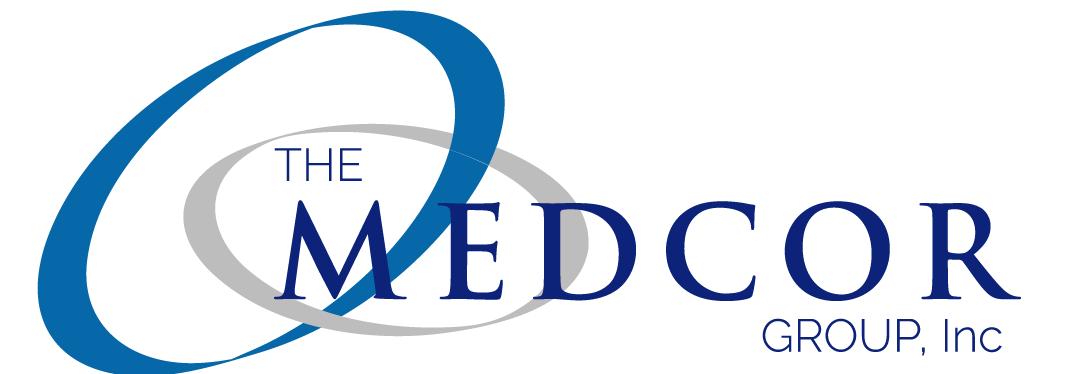Effective billing services are at the heart of a financially successful medical practice.
 Medical billing errors are usually the result of data entry mistakes that can cause a significant amount of lost time in tracking down the source and end up delaying payments. It is up to the front office staff and medical billers and coders to reduce these types of healthcare revenue cycle errors before they happen.
Medical billing errors are usually the result of data entry mistakes that can cause a significant amount of lost time in tracking down the source and end up delaying payments. It is up to the front office staff and medical billers and coders to reduce these types of healthcare revenue cycle errors before they happen.
The most common medical billing mistakes include:
- Wrong Patient ID Number or Patient information
- Inaccurate Coding
- Using manual claims management process
- Sending Claims to the Wrong Insurance Company
1. Wrong Patient ID Number or Patient information
The medical billing process starts with the front office staff collecting patient information, which is the foundation for billing and collecting. Taking the time upfront to make sure all ID numbers are correct will reduce issues in the future. It will be up to the medical biller to fix and resubmit any claims that were denied due to the front office staff entering the wrong ID number. Transposing of digits can also happen, especially when entering patient dates of birth. All numerical data should be double-checked before your claims go out.
2. Inaccurate Coding
A good understanding of medical billing and coding guidelines is essential in making sure that all claims are correct. Both diagnosis and procedure codes are updated annually, so some of the codes that you commonly bill for may be changed or deleted. Taking the time to train staff on ICD-10 coding updates can help reduce coding errors. If you bill with an invalid code, your claim will be denied. The easiest way to avoid this type of error is to make sure that you always have the most updated versions of your coding books.
One of the top coding errors is incorrectly applying seventh characters for codes that require it. Another top coding error is not having linkage between your diagnosis code and your procedure code. Your diagnosis code has to match up with your procedure code to show the insurance company that the procedures your doctor performed were medically necessary, and that they should pay you for it.
3. Using manual claims management process
According to a HIMSS Analytics report, one-third of providers are still using a manual process for denials management. Trying to manage the revenue cycle processes manually may lead to inaccuracies and increasing days in A/R. The report also found that medical practices that utilize a vendor for their revenue cycle management were able to find and understand the root causes of denials and were able to resolve issues and decrease the number of write offs.
Automated EHR/EMR solutions help to improve the healthcare revenue cycle giving more insight into analytics, which can help an organization improve on KPI’s. Medical billing software packages include checklists and reminders to help ensure proper billing and coding practices.
4. Sending Claims to the Wrong Insurance Company
One of the easiest medical billing errors to avoid is sending the claim to the wrong insurance company. This usually happens when you don’t have a copy of the insurance card. It’s important to have a copy of the front and back of the insurance card so that you can verify and select the correct insurance company. It’s essential to ask patients every time if there insurance has changed.
Creating a strong process for your office helps avoid medical billing mistakes. An important guard against medical billing mistakes is creating a proven medical billing and coding process.

